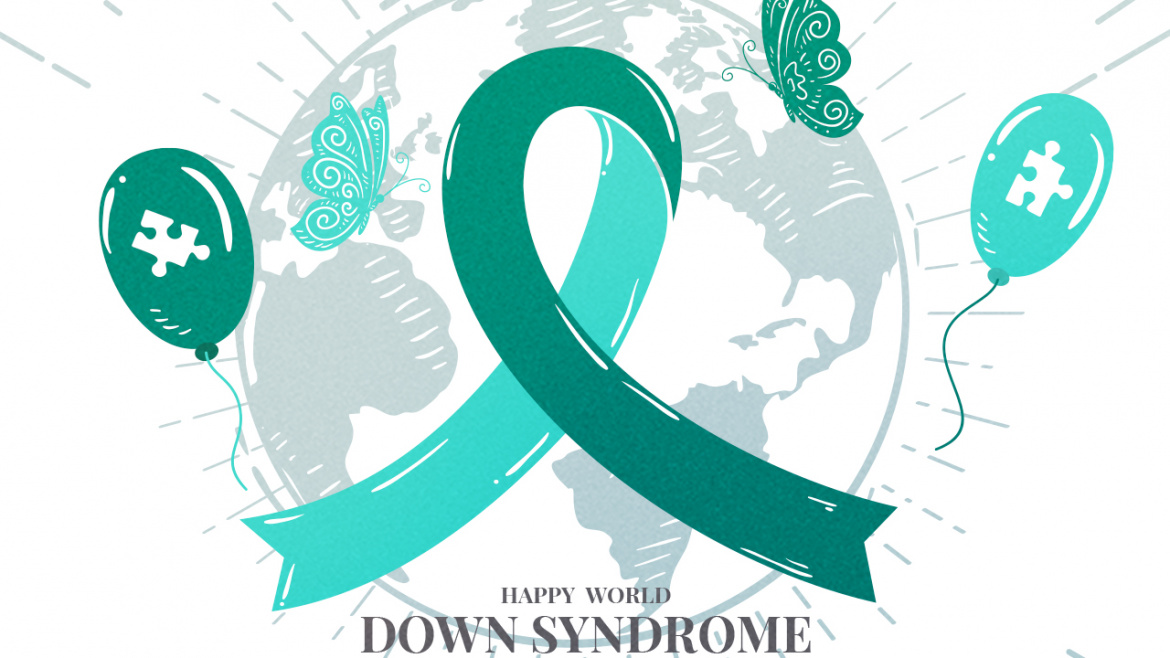Ajit Moorkoth
Devon in UK. The year 1846. The Down family was out picnicking. A sudden summer shower made the family scramble into a neighbourhood cottage to take shelter. While the rain continued to pour down heavily outside, the host family served tea to their unexpected visitors. One of them was the young John Langdon Haydon Down, an eighteen-year-old druggist and a grocer. He looked at the girl who was serving his family and him a cup of tea. The girl seemed to have a difference in her appearance. Still looking at her, Down resolved to make helping people like her his chosen career. Years later, this young man will be known all over the world as the first physician who described Down syndrome. John Langdon Haydon Down was born in the year 1828 on November 18th at Torpoint in Cornwall. This is his story.
March 21 every year is observed as World Down Syndrome Day. During such observations, while nations take stock of the status of persons with Down Syndrome the world over, a brief look at the person behind the first-ever description of the syndrome is worthwhile. It is a surprise that the man, in whose name the syndrome is known today, never received the attention he richly deserved. The family picnic incident, which Down later said was a mystical experience, was made public when he spoke about it years later when he inaugurated the Normansfield Theatre in 1879.
John Langdon Haydon Down was born in a small room on the first floor of the building where his parents lived. His father had different kinds of businesses most of which failed. At one point of time, the family were known and listed as grocers, tea traders, coffee roasters, druggists and chemists, linen and woollen drapers, booksellers, and they sold insurance too. The growing family business meant Down left school at the age of 14 years to join his father in the business. Having no further education, he soon became the local apothecary. After learning about blood-letting, applying leeches, raising blisters, and teeth extraction, he went on to train to become a member of the pharmaceutical society. After working with Michael Faraday, at the age of 25, Down joined medical school to become a doctor. In medical school, Down was a very bright student winning numerous prizes for his academic brilliance and achievements. An MRCP and MD degrees soon followed. The large-built and ebullient man that Down was, his charming nature attracted patients to him in large numbers. As a very liberal man in his times, he pushed for the entry of women into higher education and medicine. His two sons became doctors too and carried their father’s work forward.
Early on in his career, Down was interested in the anthropomorphic measurement of the human attributes of his patients and quickly began to be associated with tracing out certain facial features in some of his patients with disabilities – upward slanting of eyes, flat nasal bridge, flattened back of the head, large sized tongue, and wide space between the thumb and rest of the fingers. Soon, the condition came to be known as Mongolism. It was renamed Downs Syndrome by the WHO in 1965 when international experts (including Downs’s grandson) and the Peoples Republic of Mongolia intervened for a change of terminology. Many years later, Jerome Lejeune, a geneticist of French origin, identified the chromosomal abnormality that caused Down syndrome, the trisomy 21. The astute clinical observer he had by then become, Down not only described Downs Syndrome but also went on to write later about Prader-Willi Syndrome, pseudo-hypertrophic muscular dystrophy, microcephaly, and plagiocephaly. Two of his famous autopsy studies helped Dr. William John Little later describe cerebral palsy and Dr. William James West in describing West Syndrome.
A strong advocate that Down had become of humane treatment and therapy for people with intellectual disabilities after graduating from medical school, he took the challenge of reforming the Royal Earlswood Asylum (as it was known then) in Redhill, Surrey, England. Ten years later, along with his wife, he later established the Normansfield Training Institution in 1868. This facility was known for its highest standards and Down quickly became probably the forefather of multi-rehabilitation specialists; for he was the institution’s psychiatrist, administrator, social worker, psychologist, counsellor, and supervisor! He forbade punishments of various forms and promoted self-control and management of behavioural impulses. Bringing routines to the lives of people with disabilities, he started teaching vocational skills. Down is also associated with introducing training based on physical therapy, occupational therapy, sensory stimulation, and speech therapy at a time when these areas had not yet become distinct professions. The Education and Training of the Feeble in Mind is a book he wrote for medical practitioners to read about the non-medical management of Down syndrome.
October 7, 1896. The funeral procession moved slowly through the narrow road. All shops and buildings that lined the road were closed. The curtains were all drawn in all the households. People from these buildings, shops, and houses of Hampton Wick and Kingston stood out on the pavement with absolute silence as a mark of respect and reverence to the funeral procession. After a protracted illness, John Langdon Haydon Down died. No memorial stone today marks the place where his ashes were scattered. Two streets, one each in Teddington and Torpoint, carry his name. Perhaps no memorials serve to replace the lasting imprint that this noble man and physician left in the minds of scores of people who later were connected to Down syndrome in one way or another. Lest we forget: John Langdon Haydon Down.
Information Source: https://langdondownmuseum.org.uk/dr-john-langdon-down/

